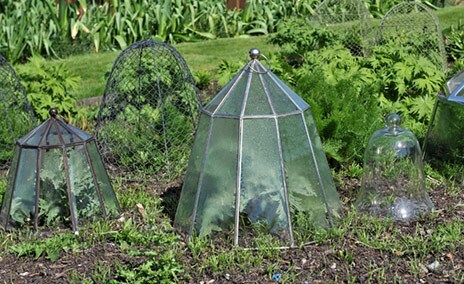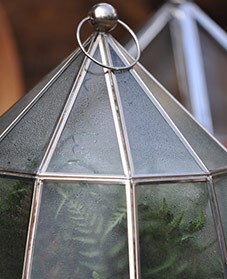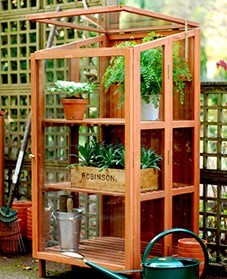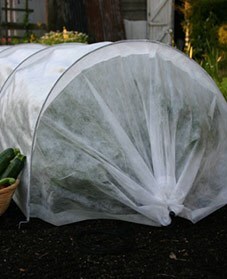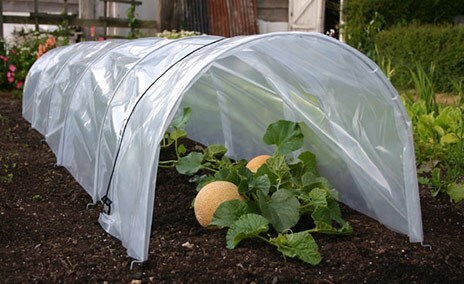Protecting your plants
Plants vary in their ability to survive the winter unharmed. Borderline-hardy plants will require protection from penetrating frosts and cold winds. Others can cope with the cold, but are prone to rotting if the soil remains wet for long periods. Even hardy plants can struggle to survive a cold snap if they have only recently been planted, and plants in pots and containers are, perhaps, the most vulnerable of all.
The good thing about containers is that you can move them to safety. Tender plants can be taken into a frost-free greenhouse or conservatory, and borderline-hardy plants to a sheltered spot - well-protected from northerly gales and the worst of the winter excesses.
Fortunately, there are a number of steps you can take to help your plants survive the winter; which ones you choose should depend on the plants you are trying to protect.
Coping with rain and snow
Prolonged wet spells can harm vulnerable plants even where the soil drains well. Plants, such as alpines, that prefer a well-drained soil and many grey-leaved perennials are particularly susceptible to rotting if they remain wet in winter. The simplest solution is to cover them with open-ended cloches to keep the worst of the rain off, yet allowing plenty of air to circulate.
Heavy snow fall can cause damage to mature garden plants, breaking branches and pulling conifers and other evergreens as well as hedges out of shape. If you can get out in your garden and knock the fresh snow off you can prevent damage being done.
